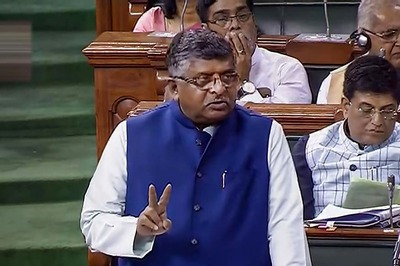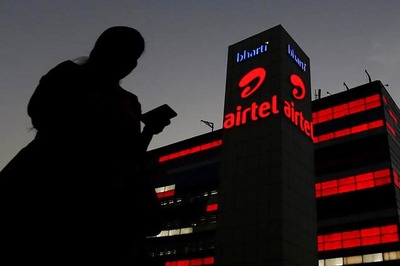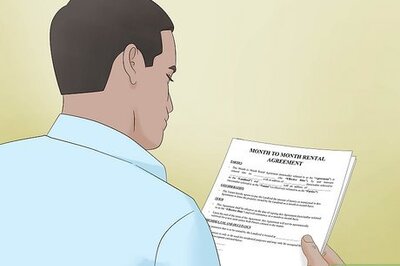
views
WASHINGTON: The U.S. economy shed jobs for the first time in eight months in December as the country buckled under an onslaught of COVID-19 infections, suggesting a significant loss of momentum that could temporarily stall the recovery from the pandemic.
The plunge in nonfarm payrolls reported by the Labor Department on Friday was concentrated in the leisure and hospitality sector, with closures of bars and restaurants accounting for three quarters of the job losses.
But with other industries including retail, manufacturing and construction performing better, the economy is unlikely to fall back into recession. Nearly $900 billion in additional pandemic relief approved by the government in late December will probably provide a backstop.
More fiscal stimulus is expected now that Democrats have gained effective control of the U.S. Senate, boosting the prospects for President-elect Joe Biden’s legislative agenda. There is also optimism the rollout of coronavirus vaccines will be better coordinated under the incoming Biden administration.
Congress on Thursday formally certified Biden’s victory in the Nov. 3 election, hours after hundreds of President Donald Trump’s supporters stormed the U.S. Capitol. The employment report is one of the final scorecards delivered during Trump’s presidency and stands as a reminder of the tumultuous economic crisis that marked his last months in office.
Payrolls decreased by 140,000 jobs last month, the first decline since April, after increasing by 336,000 in November. The economy has recovered 12.4 million of the 22.2 million jobs lost during the pandemic. Economists polled by Reuters had forecast 77,000 jobs would be added in December.
COVID-19 cases in the United States have jumped to more than 21 million, with the death toll exceeding 357,000 since the pandemic began, according to a Reuters analysis.
The leisure and hospitality sector lost 498,000 jobs last month, with employment at bars and restaurants tumbling 372,000. There were also decreases in private education jobs and government employment. But retail employment rose by 121,000 jobs. Factories hired 38,000 workers and construction payrolls increased by 51,000 jobs.
There were also gains in employment in professional and business services, transportation and warehousing, health care and wholesale trade industries.
U.S. stocks opened higher as investors continued to bet on additional government stimulus. The dollar was slightly lower against a basket of currencies. U.S. Treasury prices fell.
GROWTH SLOWING
Weak payrolls joined a raft of other soft data on consumer confidence and spending in underscoring the brutal impact of the coronavirus on the economy, which sank into recession in February.
The unemployment rate was unchanged at 6.7% in December. It was, however, biased down by people misclassifying themselves as being “employed but absent from work.” Without this misclassification, the jobless rate would have been about 7.3%.
The labor force participation rate, or the proportion of working-age Americans who have a job or are looking for one, was unchanged at 61.5%. About 15.8 million people reported they were unable to work because of business closures or failures related to the pandemic, up from 14.8 million in November.
With the virus hollowing out lower-wage industries, average hourly earnings surged 0.8% last month after gaining 0.3% in November. The average workweek dipped to 34.7 hours from 34.8 in November.
The economy is believed to have expanded at around a 5% annualized rate in the fourth quarter, with the bulk of the rise in gross domestic product seen coming from inventory investment. It grew at a historic 33.4% pace in the third quarter after shrinking at a 31.4% rate in the April-June period, the deepest since the government started keeping records in 1947.
Disclaimer: This post has been auto-published from an agency feed without any modifications to the text and has not been reviewed by an editor
Read all the Latest News, Breaking News and Coronavirus News here



















Comments
0 comment